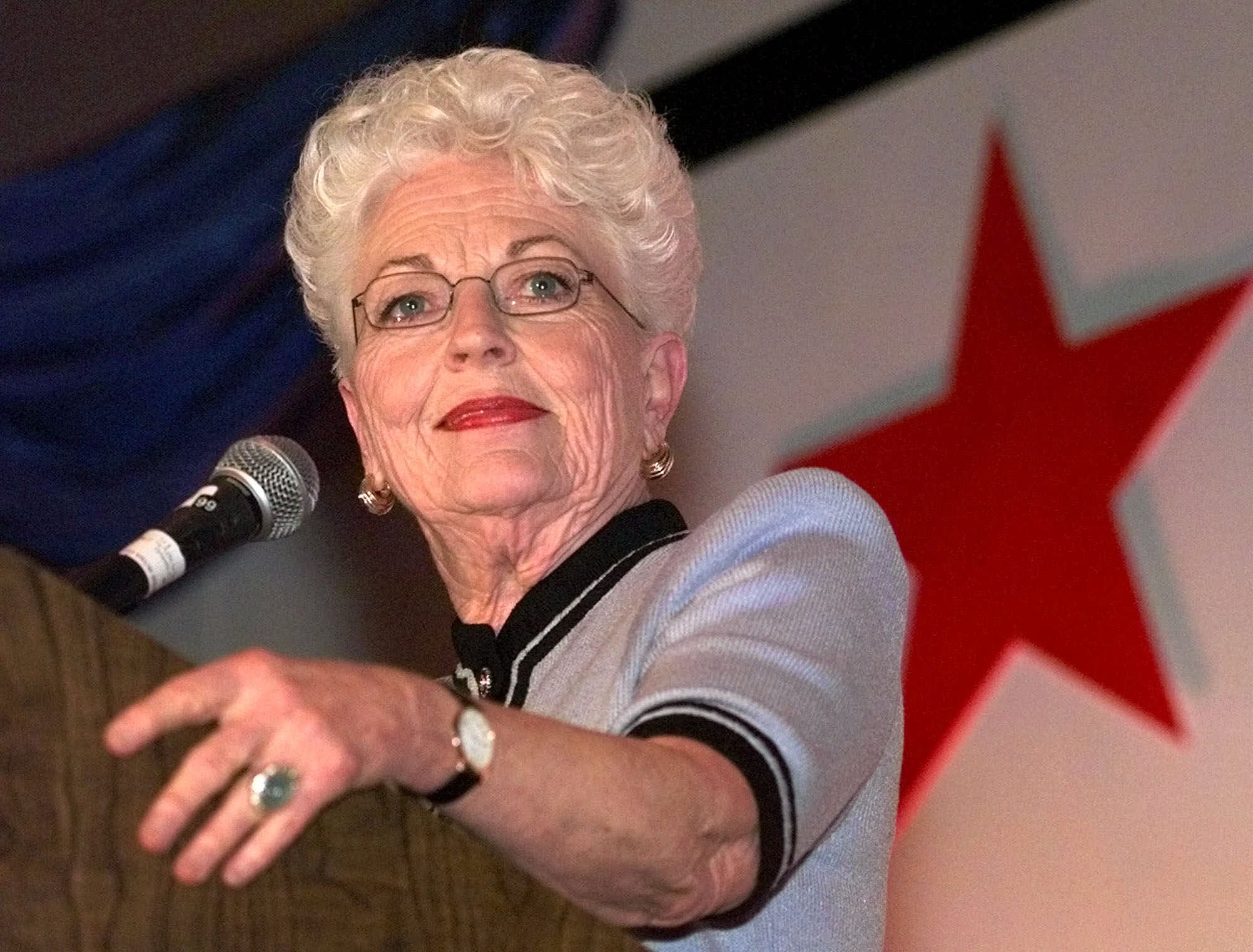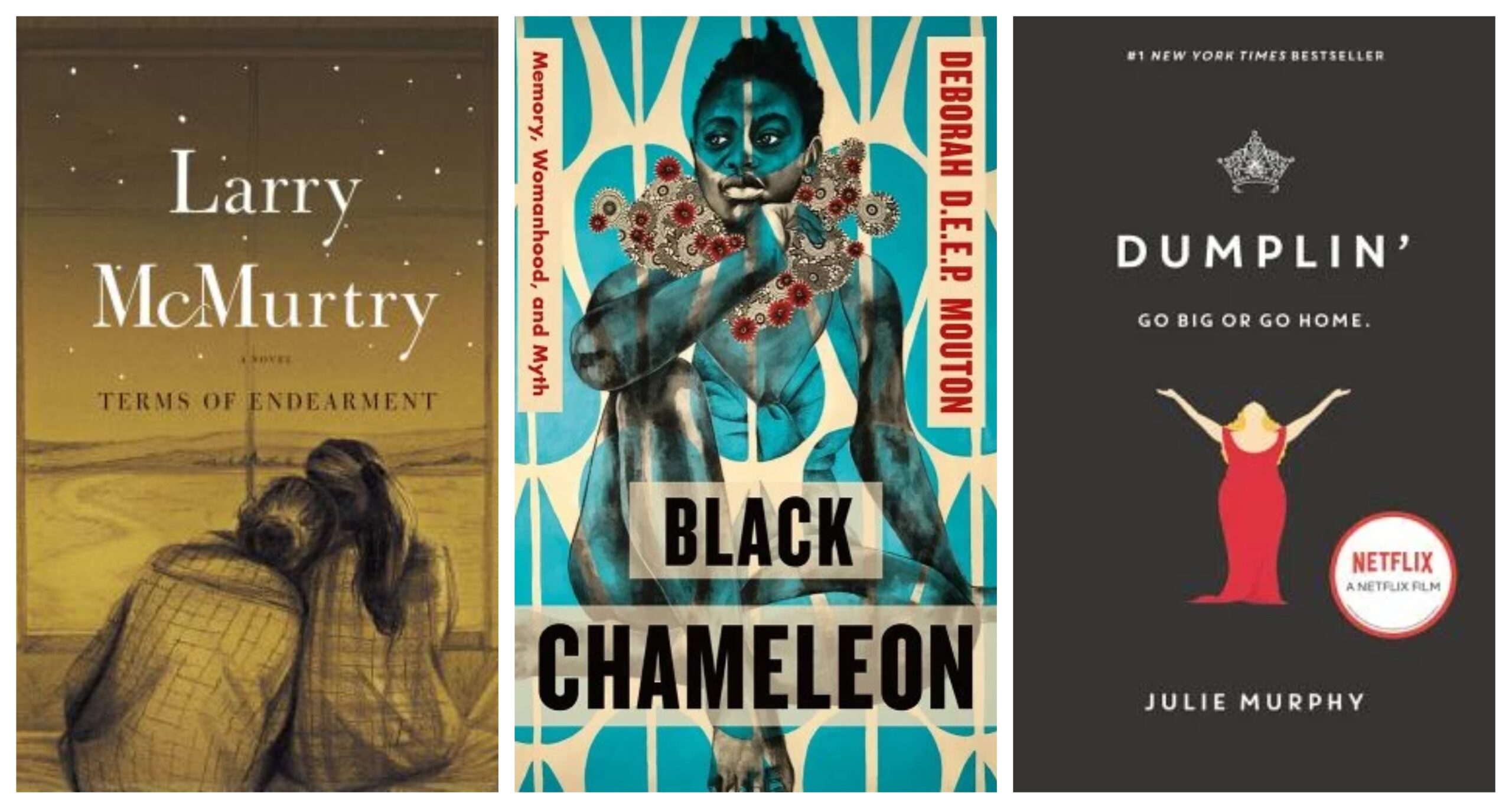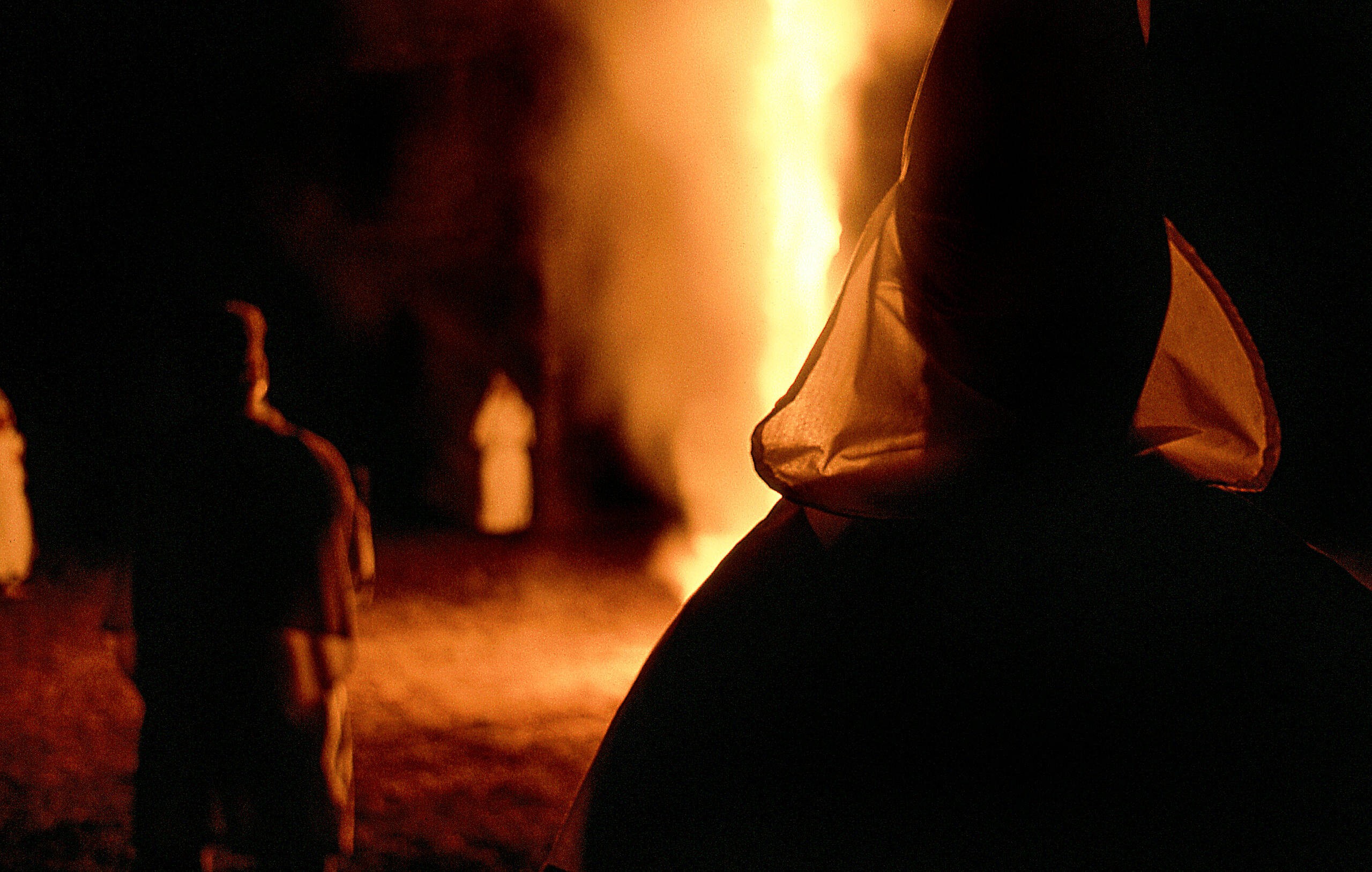
The Woman Behind Ann Richards
In her memoir "Hope and Hard Truth," Mary Beth Rogers reveals the political grit and big heart that helped elect a legendary governor.
A version of this story ran in the September / October 2022 issue.
Mary Beth Rogers’ new memoir, Hope and Hard Truth: A Life in Texas Politics, begins and ends with water. To start, a stone well serves as metaphor for her many decades spent peering through the murky sediment of Texas politics, seeking a clear path to justice; to conclude, a walk along the Pacific coastline, the cold waves washing over her bare feet, symbolizes the inner peace of the last stages of a life bravely lived. In the pages between, Rogers reflects on lessons learned during her whirlwind career.
Born in 1940, Rogers—best known as campaign manager and chief of staff to ex-Governor Ann Richards—grew up in Dallas. Her early love of politics was shaped by listening to her parents’ conversations at the breakfast table. Both Democrats, they believed empathy, curiosity, and outspokenness were essential characteristics to cultivate in their children. One afternoon, Rogers’ mother took her out of school to hear Eleanor Roosevelt speak at a benefit for the United Nations. After studying journalism at the University of Texas at Austin, Rogers worked on a number of campaigns and, in addition to her work with Richards, authored several books and served as CEO of KLRU-TX (Austin’s PBS station). Her political beliefs grew out of a deep aversion to cruelty.
In the memoir, set for release on September 1, Rogers memorably illuminates crucial passages of Texas liberal history. In San Antonio, she recalls registering voters during the long era of the poll tax. “I will never forget my experience of going into a West Side meatpacking plant to sell poll taxes to Mexican American and African American workers, who were still wearing bloodstained white aprons while they folded out their crumpled dollars to buy the right to vote,” she writes. The poll tax wasn’t banned until 1966, a year after Lyndon B. Johnson signed the Voting Rights Act. She also describes the 1970 filing of Roe v. Wade and Richards’ 1991 inauguration, before which Richards’ white suit jacket had to be swiftly retailored to accommodate a bulletproof vest. As Rogers searches her memory, such details accumulate in a way somehow haunting and conversational at once.

Rogers’ prose is so good-natured and pleasant to read, it’s a bit like sitting on the porch with a wise friend, savoring a pitcher of hibiscus iced tea until the fireflies emerge. Her anecdotes range from struggling to balance motherhood with work—at one staff meeting, she looked down to realize she “had on one black shoe and one brown shoe” bearing heels of different heights—to advising a wealthy conservative Texan on proper etiquette when meeting Queen Elizabeth. There’s a subtle, cinematic quality to these stories that explores the tension between proper decorum and unpredictable outcomes, such as the time Rogers watched a state senator jump up and down in her office, as if by throwing a fit he might get his way.
“… Mexican American and African American workers who were still wearing bloodstained white aprons while they folded out their crumpled dollars to buy the right to vote.”
The book’s structure may throw some readers. Rather than a chronological memoir, Rogers has opted for five sections divided into vignettes that swirl around an event where her personal and political lives merged. On one hand, the form echoes the style of meditative writers, such as Thomas Merton, whom Rogers references. On the other, the sections are repetitive in parts, and a chronological approach might have more effectively presented her hard-learned political lessons for an audience seeking guidance.
The wisdom Rogers gleaned from pulling off the seemingly impossible, electing Ann Richards, is scattered through the book’s vignettes, like breadcrumbs for today’s lost Texas liberals. In one section, Rogers describes how white male conservatives dubbed Richards’ core group of supporters “hairy-legged zoo girls” to disrupt their momentum. Making waves means amassing insults, Rogers instructs, and “by sheer will … we managed to be organized, disciplined, focused, and even courageous” in the face of old-guard politicians. This strong cohesion among staff, a consistent narrative that Richards could handle the issues voters cared about most, and an opponent, Republican Clayton Williams, who made a comment about rape that was so offensive he couldn’t recover, cleared Richards’ path to the governer’s mansion.
Another lesson: Texas politics can quickly swerve. Republicans paid attention to Rogers’ gifts as a campaign manager: Her own methods were turned against her during Richards’ re-election campaign. Karl Rove, the GOP advisor extraordinaire sometimes deemed “Bush’s brain,” instructed George W. Bush to read Rogers’ book, Cold Anger: A Story of Faith and Power Politics, for insights into the “psychology” of how she operated. Inspired by Ernesto Cortés, a religious community organizer in west San Antonio, Cold Anger advised chilling “hot anger” so it could be channeled into a level-headed plan to accomplish change. Bush used faith, in his own way, to harness the energy of pro-life conservatives and the religious right—setting the Republican playbook for years to come.
“By sheer will … we managed to be organized, disciplined, focused, and even courageous.”
Hope and Hard Truth exposes a cyclical pattern in Texas politics. When Richards lost her re-election campaign, Rogers writes, “I learned the hard way that anything that can be ‘done’ in the political world can swiftly be ‘undone.’” This sentence is particularly gutting in light of this year’s reversal of Roe v. Wade. All the issues Rogers believed in—voting rights, racial equality, anti-discrimination laws, gun safety, abortion rights, gay rights—are under threat today from blatant hatred. The final blow to Richards’ re-election campaign arrived when she “vetoed a bill—at the urging of law enforcement organizations—that would have allowed Texans to carry concealed handguns.” Now, terms like “active shooter” are commonplace.
One overarching truth in the book is that Rogers’ belief in the possibility of a better world can’t be counted among her mistakes. Without her sometimes naive “illusions and delusions,” as she puts it, she might have lost heart completely. Hope is in her marrow. And that’s what makes Hope and Hard Truth far more than a memoir. It’s a teaching guide for citizen students of Texas politics—a syllabus of movements to study, unsung heroes to know, and actions to take that could potentially activate a blue wave.
(Just don’t lend it to Karl Rove.)



